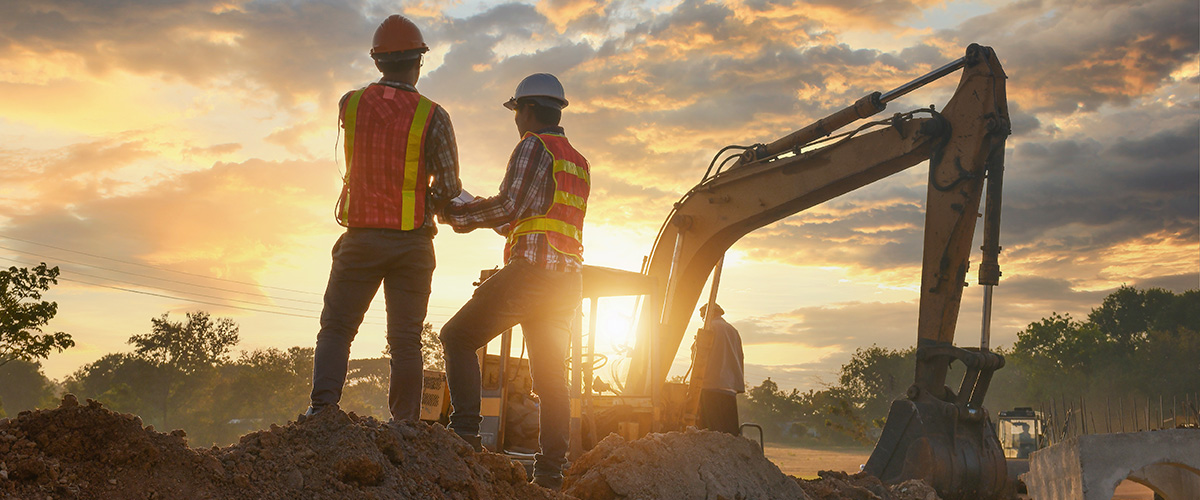U.S. Construction Trends 2025
Welcome to the latest edition of the Atradius Construction Blog, where we bring you insights into the trends and outlooks shaping the U.S. construction industry for 2025. Whether you’re managing projects in the field, coordinating behind the scenes, or simply interested in the state of the industry, this blog will keep you informed about what’s ahead.
Solid Growth Ahead
Atradius Underwriter Matt Nathan shares some good news: the U.S. construction sector is expected to grow by 3.6% in 2025 and 4.4% in 2026, thanks to strong public investment, a steady labor market, and improving financial conditions. Key drivers include civil engineering and non-residential developments, particularly in transportation, manufacturing, and utilities.
As we move into 2025, things are looking up for the construction industry. Experts think interest rates might start to come down, especially after the Federal Reserve lowered rates at the end of 2024. That could make it easier and cheaper to borrow money, which would kickstart more building – especially in housing. Government programs like the IIJA, IRA, and CHIPS Act continue to fund infrastructure, factory, and clean energy projects.
What is considered one of the most pressing challenges for the construction industry in 2025? Finding enough workers. According to Deloitte, both skilled trades and general labor remain in short supply, and getting crews on-site continues to be a daily hurdle. This situation is further complicated by the rise of large-scale, specialized projects like data centers, semiconductors plants, and infrastructure megaprojects that demand highly trained professionals such as welders, electricians, and HVAC technicians. Until that gap closes, labor will remain one of the biggest speed bumps on the road to progress.
Sustainable Construction
Solar energy trends are shifting as higher interest rates and regulatory changes have increased the challenges for homeowners considering installation. These factors have impacted the residential solar market. Luckily, instead of slowing down, the industry is getting smarter. Companies have started leaning into better tech to streamline processes and stay competitive. Looking ahead, firms plan to expand by investing in construction technology, automation, and clean energy projects like solar and renewables.
Construction
How Does Credit Insurance Protect Construction Businesses?
Learn how credit insurance can insulate your business from financial challenges related to slow payment, labor shortages, supply chain disruptions, project delays, and more.
Learn MoreGet in Touch
Looking For a FREE Quote?
Obtaining a free Trade Credit Insurance quote or just some more information is fast and easy! Get in touch with us today.
Get Started Call 800-822-3223Federal Policy Power
The next section is everyone’s favorite topic – government policy and regulation. The U.S. construction sector is seeing a major uptick in manufacturing-related projects, thanks to substantial federal investments from the Infrastructure Investment and Jobs Act (IIJA), the Inflation Reduction Act (IRA), and the CHIPS Act. These landmark initiatives are channeling billions of dollars into both public and private manufacturing facilities. Their collective goal is to modernize infrastructure, accelerate clean energy adoption, expand semiconductor production, and strengthen domestic manufacturing. As a result, construction activity is surging nationwide, creating new opportunities across the industry.
Building Smarter for the Future
This year is redefining the construction landscape. It’s not just about building moreit’s about building better. With a focus on innovation, technology, and strategic investment, the industry is embracing smarter methods and materials. The goal is clear: create infrastructure that’s more efficient, resilient, and ready for the future.


